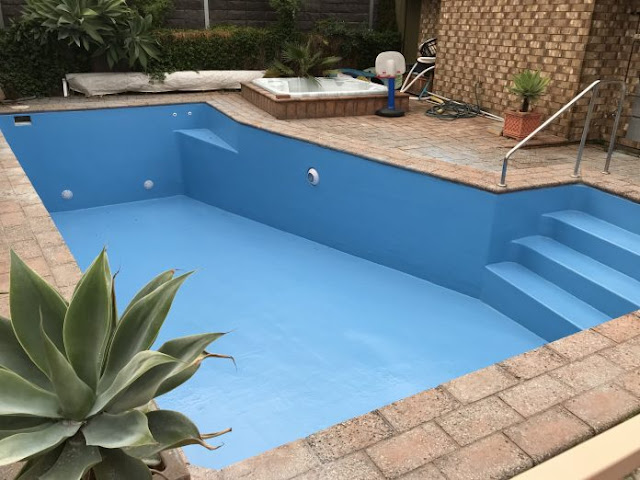Navigating Your Options: How To Choose The Right Pool Resurfacing Material For Your Needs
January 10, 2023Introduction:
When it comes to maintaining your swimming pool, one of the most important aspects to consider is pool resurfacing. Over time, the surface materials of your pool can start to deteriorate due to wear and tear, resulting in an unsightly appearance and a less enjoyable swimming experience. But with several pool resurfacing materials available in the market, how do you know which one is right for your needs? This article aims to guide you through your options and help you make an informed decision.
Understanding Pool Resurfacing:
Pool resurfacing is an essential part of pool maintenance. It involves removing the old, worn-out surface of the pool and replacing it with a new one. This process not only gives your pool a fresh, appealing look, but it also helps protect it against leaks and damages, ensuring that your outdoor living space remains enjoyable and safe.
Common Pool Resurfacing Materials:
There are several types of pool resurfacing materials to choose from, each with its own set of advantages and disadvantages.
- Plaster: This is the most common and affordable option. It's a mixture of cement, sand, and water, offering a smooth, classic look.
- Aggregate: This is a combination of pebbles, glass beads, or quartz mixed with cement. It's more durable and attractive than plaster, but it's also more expensive.
- Tile: This option provides a luxurious look. Tiles are available in various colors and designs but can be pricey.
- Fiberglass: This material requires less maintenance and is more resistant to algae than plaster or concrete. However, it may not be suitable for all pool shapes.
- Concrete: This material is durable and can be customized to create different shapes and designs. However, it requires more maintenance than other options.
Factors To Consider When Choosing Pool Resurfacing Material:
When choosing the right pool resurfacing material for your needs, consider the following factors:
- Budget: Some materials are more expensive than others. Determine how much you're willing to spend on pool renovation.
- Pool Usage: If your pool is frequently used, opt for a more durable material like aggregate or concrete.
- Aesthetics: Consider the look you want for your pool. Tiles, for instance, offer a more upscale look, while plaster provides a classic, clean look.
- Maintenance: Some materials require more maintenance than others. If you'd rather not spend a lot of time on pool maintenance, consider fiberglass or aggregate.
Comparing Pool Resurfacing Materials:
In terms of cost, plaster is the most affordable, while tile is the most expensive. In terms of durability, aggregate and concrete are the best options. For maintenance, fiberglass and aggregate are top choices. In terms of aesthetics, the choice largely depends on personal preference.
Conclusion:
Choosing the right pool resurfacing material for your needs requires careful consideration of several factors, including budget, pool usage, aesthetics, and maintenance. By understanding the pros and cons of each material, you can make an informed decision that will enhance your outdoor living space and ensure a long-lasting, enjoyable pool experience. Remember, a well-maintained pool not only offers a great place to cool off and relax but also adds value to your property.




0 comments